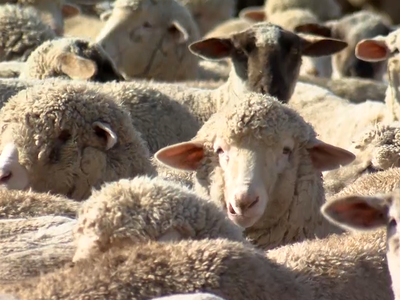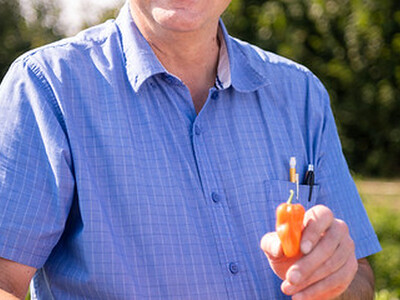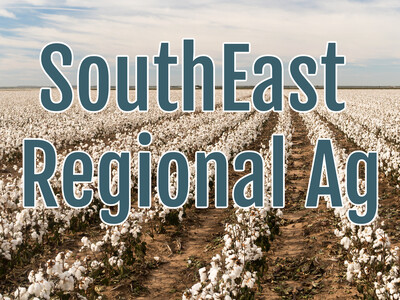Creating Rural Employment Opportunities & House Approves Budget
Creating Rural Employment Opportunities & House Approves Budget plus Food Forethought. I’m Greg Martin with today’s Northwest Report.
In this tough economic time where jobs are few and far between, rural communities are looking to the Department of Agriculture for meaningful investment and employment opportunities. But is a job, a job. Ag Secretary Tom Vilsack thinks it’s about quality.
VILSACK: In the past the focus has been on any job. Any job is better than no job, to a point. But then what you do is get yourself in a position where you are basically using all your resources to create a job that pays $7 bucks an hour with no benefits.
With no Republican support, Democrats in the House and Senate have approved separate and slightly different, less expensive versions of President Obama's 3.55-trillion dollar budget plan for fiscal 2010. Agriculture spending is one of the differences that will be worked out over the next few weeks. The farm program was left intact in the House measure - while the Senate measure includes crop insurance cuts - as well as cuts in other areas. The House approved its budget by a vote of 233 to 196 with no Republican support. Hours later, the Senate’s version was approved 55 to 43, with all Republicans and two Democrats voting against it.
Now with today’s Food Forethought, here’s Lacy Gray.
The National Animal Identification System is a proposed government run program to identify and track animals, mainly livestock. If the USDA has their way it will become mandatory for all farmers and ranchers. The NAIS would be overseen by state animal health boards and would be voluntary on a federal level, but monies received by some states through the USDA for the program could result in a making it mandatory. The tracking of animals would most likely be through microchips or electronic tags. The cost of these identification devices are reported to be anywhere from a dollar to twenty dollars per animal, which would be an overwhelming cost for small or family ran farms and ranches. The premise for the program is to identify and track diseased animals and to prevent the spread of disease, which in itself is definitely a good thing. Problem is, at that cost per animal, only corporate farms will be able to handle the expense. In trying to rid ourselves of animal disease outbreaks, let’s make sure we don’t throw the baby out with the bath water.
Thanks Lacy. That’s today’s Northwest Report. I’m Greg Martin on the Northwest Ag Information Network.














